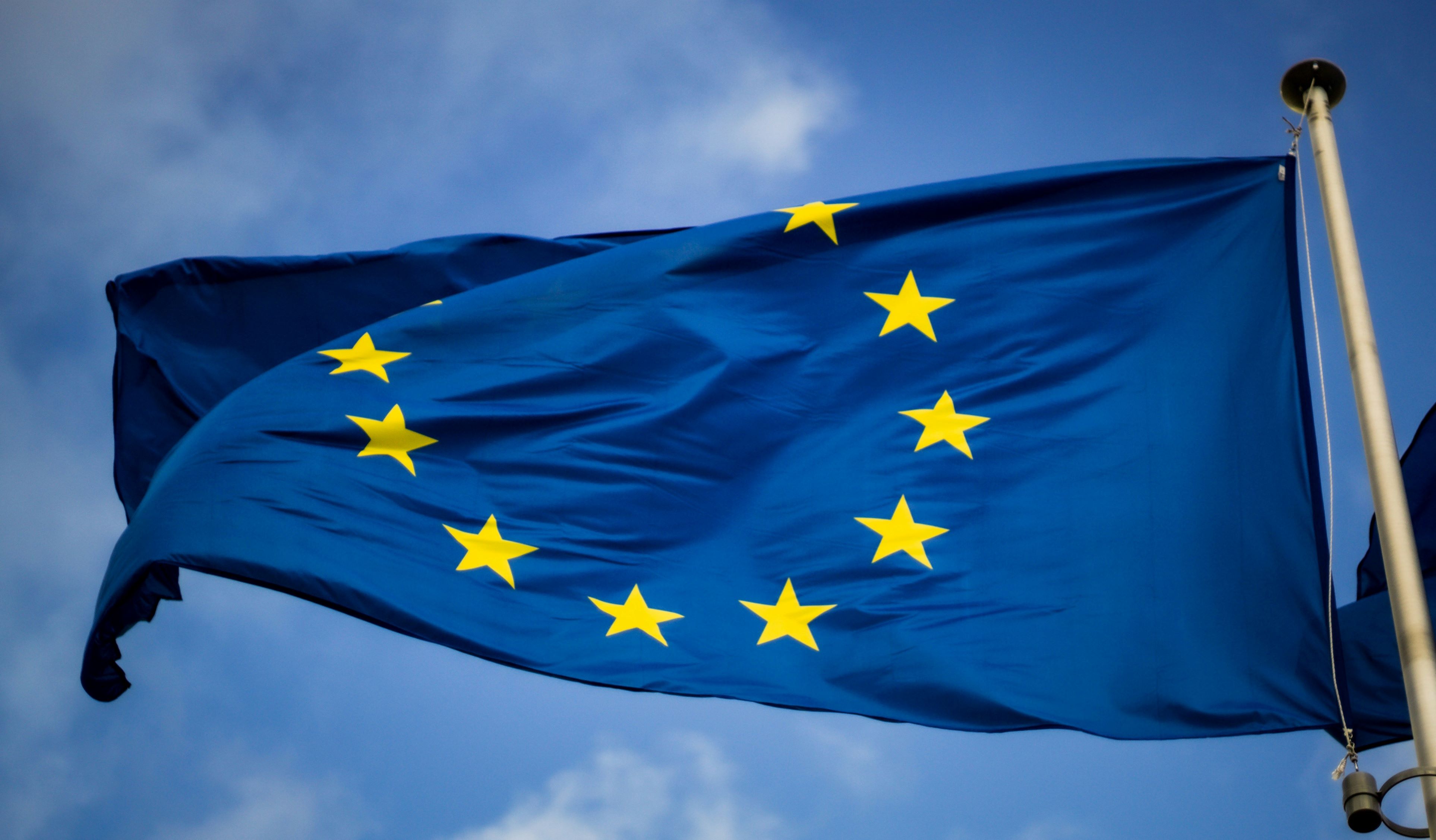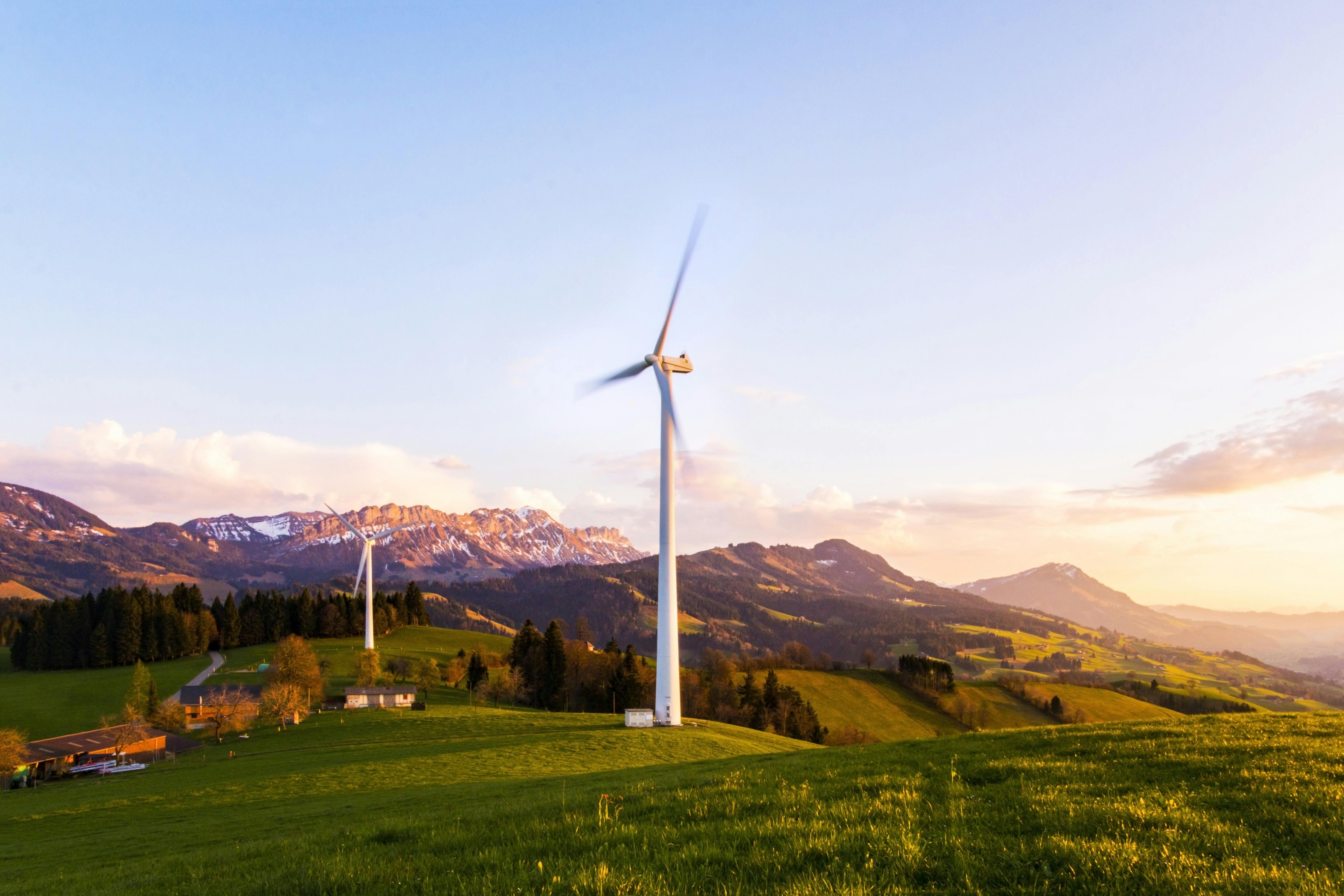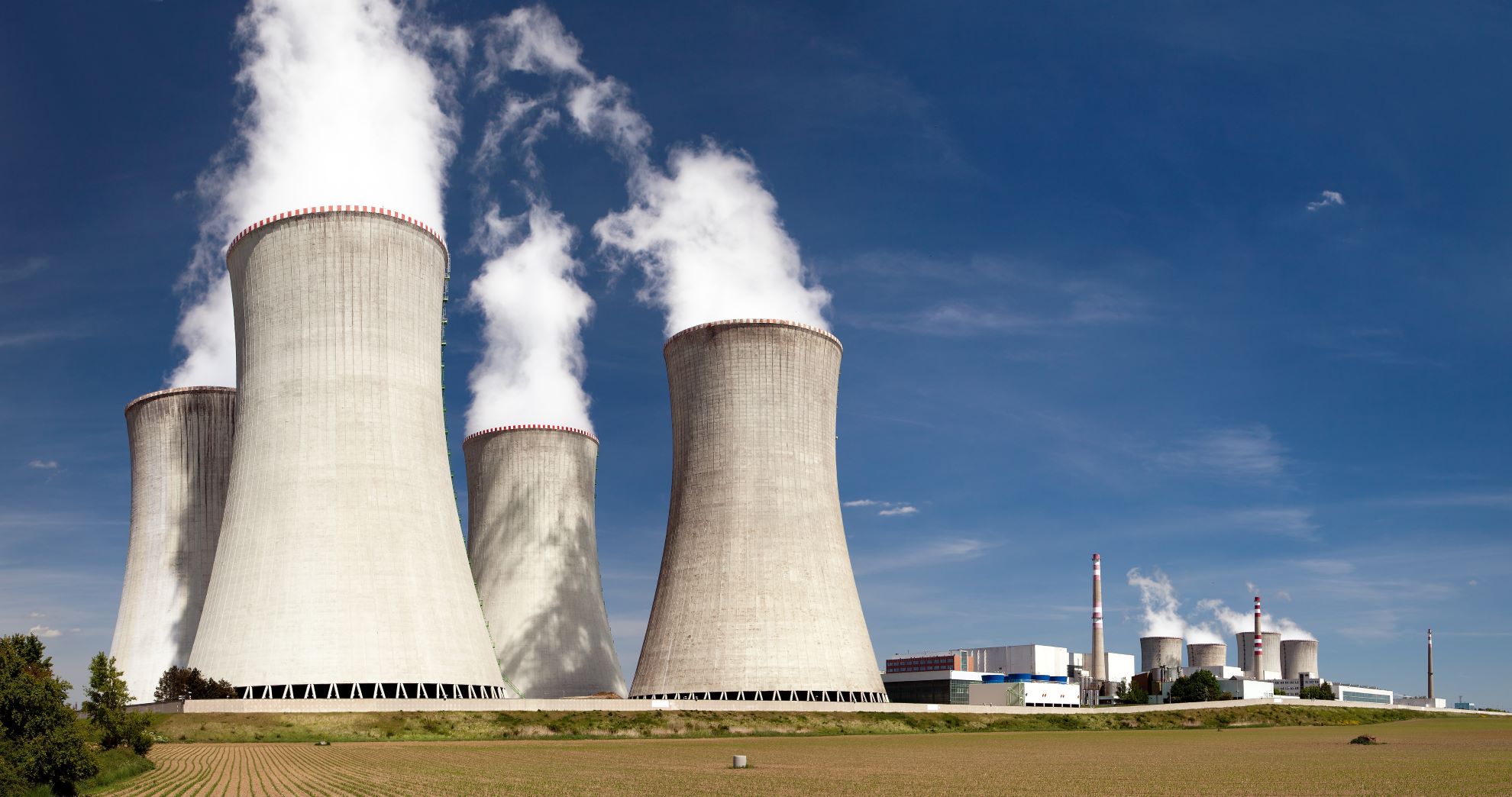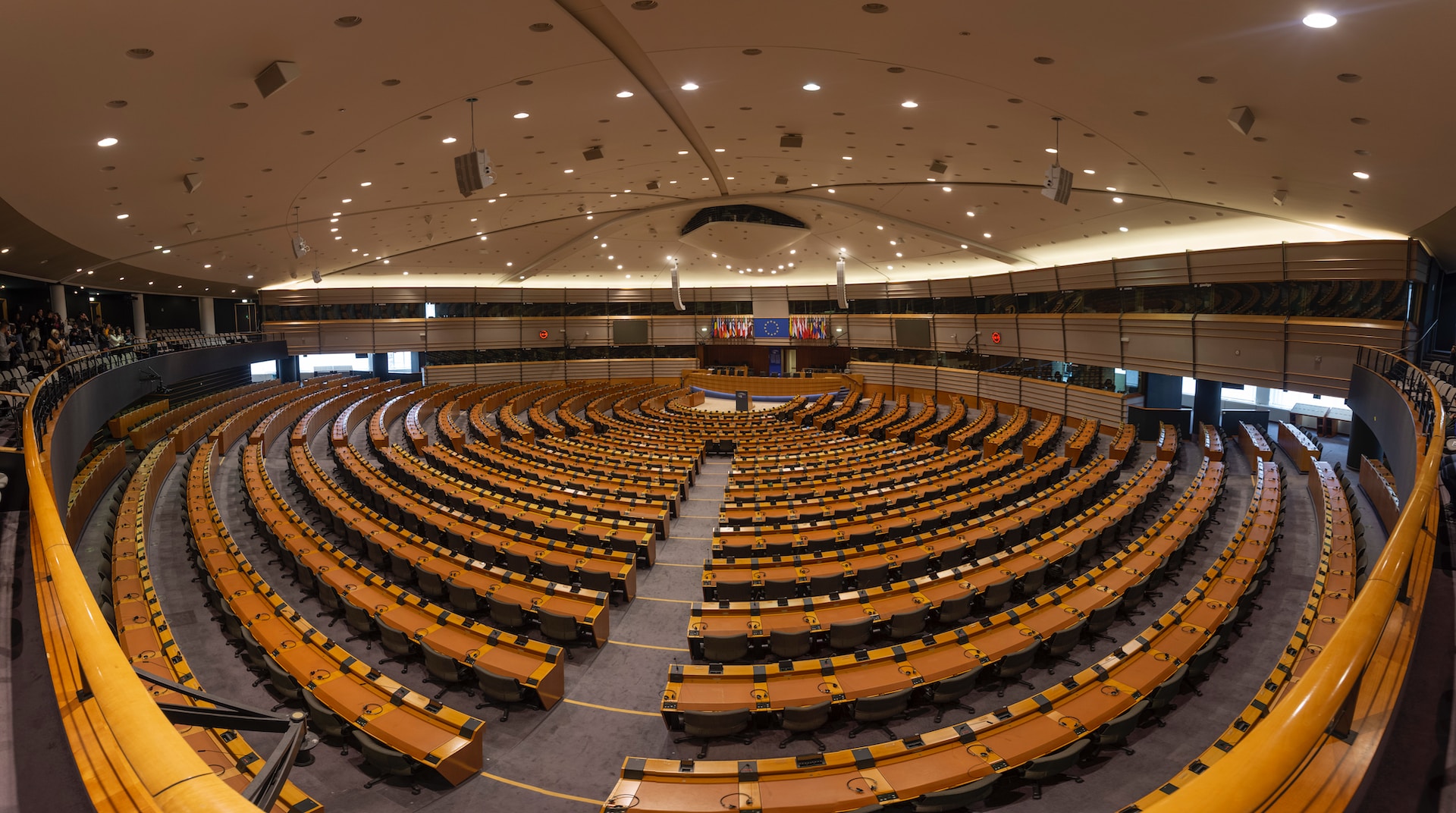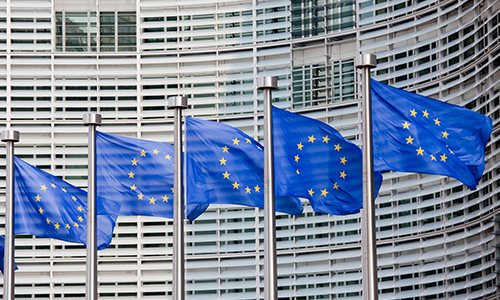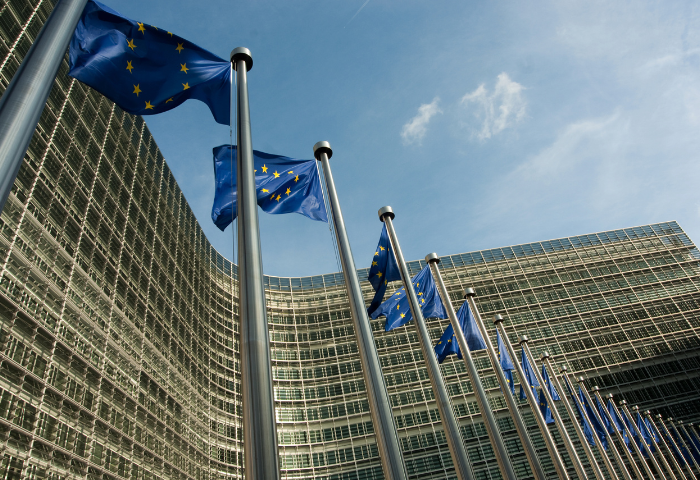Half of the Member States do not reach their binding ESR target with the planned or existing policy mix according to their projections. Italy, Denmark, Cyprus, Austria, and Finland expect a gap of between 3 and 7%-points; Sweden, Germany, the Netherlands, and France of around 10%-points. Ireland expects a gap of more than 16%-points and Malta over 50%-points. In sum, this means that emission reductions of around 130 Mt CO2eq are not accounted for.
The eleven other Member States project that their planned policy mix will be sufficient to meet their 2030 target based on projections with additional or existing measures. Czechia, Portugal and Greece project an overachievement of more than around 10%-points. The other countries’ overachievement ranges from 1%-point to 7%-points. The combined projected overachievement is about 42 Mt CO2eq with the largest contribution coming from Spain with 17 Mt CO2eq.
Nevertheless, the result in an overall gap of 89 Mt CO2eq across the 22 Member States assessed and means that the EU risks missing its 2030 ESR target by nearly 2%-points, assuming that the five NECPs not yet submitted are aligned with national obligations under the ESR and include a policy mix that is projected to meet national targets.
